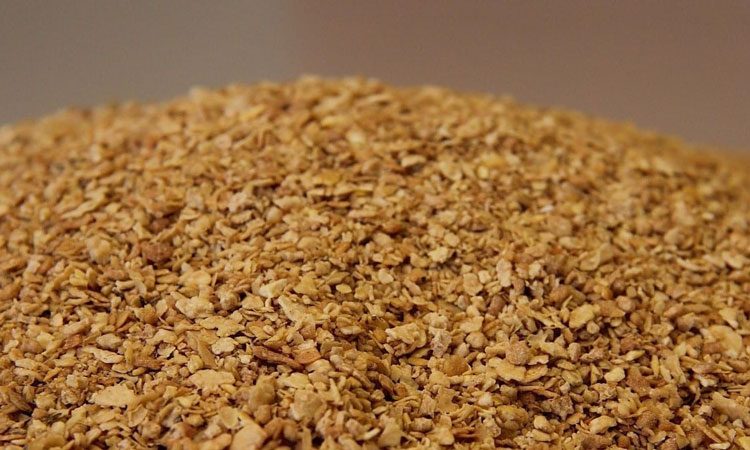Considering soybeans’ mineral content to differentiate countries of origin
- Like
- Digg
- Del
- Tumblr
- VKontakte
- Buffer
- Love This
- Odnoklassniki
- Meneame
- Blogger
- Amazon
- Yahoo Mail
- Gmail
- AOL
- Newsvine
- HackerNews
- Evernote
- MySpace
- Mail.ru
- Viadeo
- Line
- Comments
- Yummly
- SMS
- Viber
- Telegram
- Subscribe
- Skype
- Facebook Messenger
- Kakao
- LiveJournal
- Yammer
- Edgar
- Fintel
- Mix
- Instapaper
- Copy Link
Posted: 2 September 2019 | Rachael Harper (New Food Magazine) | No comments yet
Nutritionists have been asked to consider a soybean’s mineral content when evaluating the nutritive value of commercial soybean meals.


US soybean meal has a different mineral content profile compared to other origins (credit: USSEC).
In a recent article from the US Soy Bean Expert Council, nutritionists have been asked to consider US soybean’s mineral content when differentiating between origins.
“Soy is considered to be a rich source of minerals and contributes to overall nutritional composition of animal feed,” the article said. “This is particularly true in the case of corn soy diets used for broilers. Nutritionists are asked to keep it all in balance: performances, health, and welfare of the animal and, at the same time, maintaining production efficiency and creating the highest quality end product possible.”
It points out that highly regulated poultry farming industry and evolving environmental regulations are the key drivers influencing nutritionists to take a close look at the role of minerals in building metabolic balance, efficiency and achieving high performances in animal farming.


A study demonstrated that the origin of the soybeans affected the concentration of the ash and mineral of the soybean meal.
“A study conducted at the University of Madrid, Spain in 2016 compared the mineral content of soybeans from the three key producer countries, the US, Argentina, and Brazil, demonstrating that the origin of the soybeans affected in different ways the ash and mineral concentration of the soybean meal, with the most striking differences detected for phosphorus, calcium, potassium, and iron,” explained the article. “Phosphorus content was higher for the US and Argentinian meals than for the Brazilian meals.”
The study also found that the potassium content was higher in the Argentinian than in the Brazilian soybean meals with that of the US meals being intermediate, perhaps due to differences in soil characteristics, fertilisation rate used and in their availability to be absorbed by the plant.
The Brazilian soybeans that are mostly produced in acidic soils proved to have less phosphorus and more aluminium and iron contents than the US and Argentine soybean meals, the study found.
“The mineral content depends on [the] origin of the soybean meal,” the article concludes. “Consequently, nutritionists have to consider the mineral content in order to properly differentiate between country of origin, when preparing matrices for evaluating the nutritive value of commercial soybean meals and properly select the feed additives to enhance corn soy diets.”
Related topics
Health & Nutrition, Regulation & Legislation, Research & development









